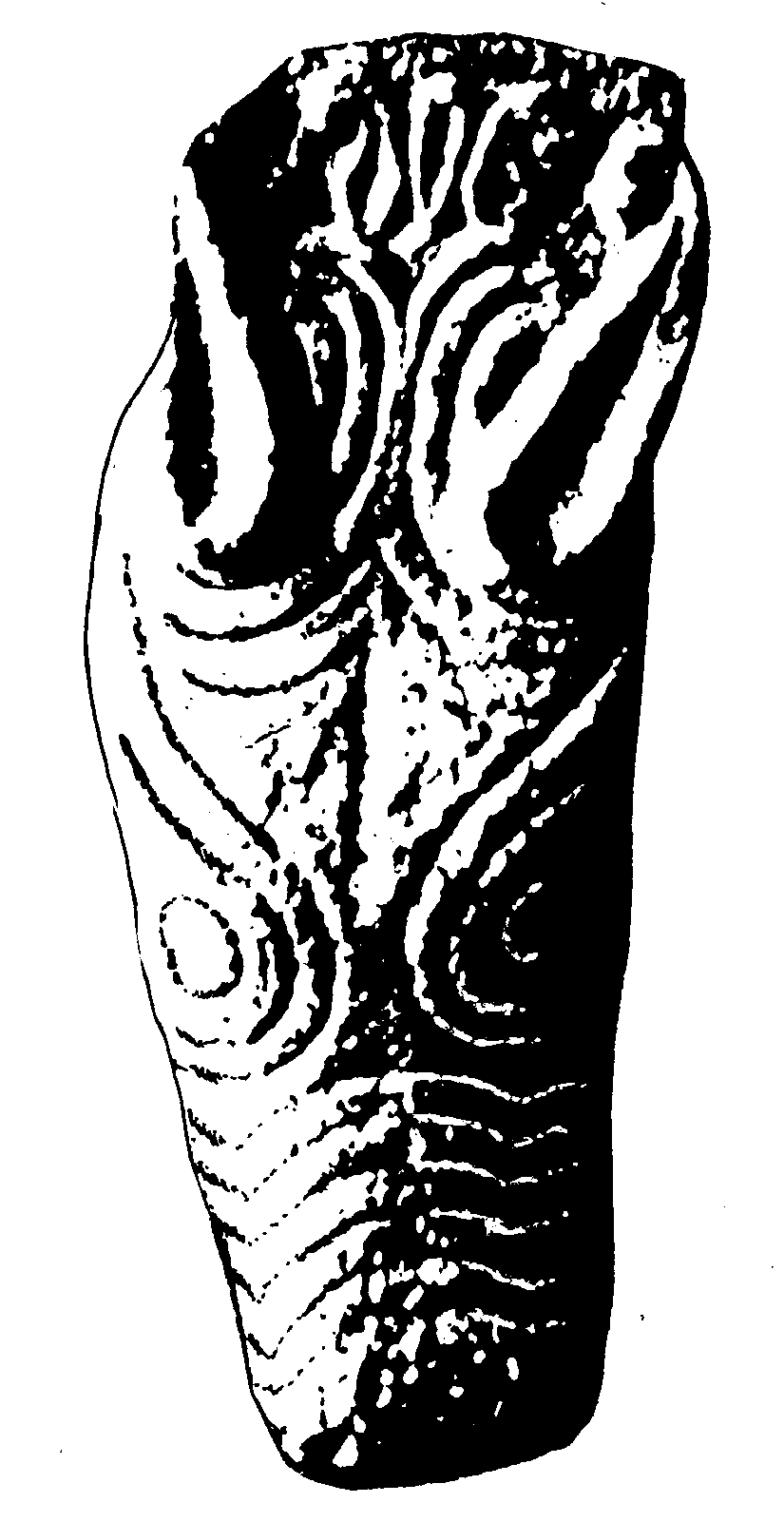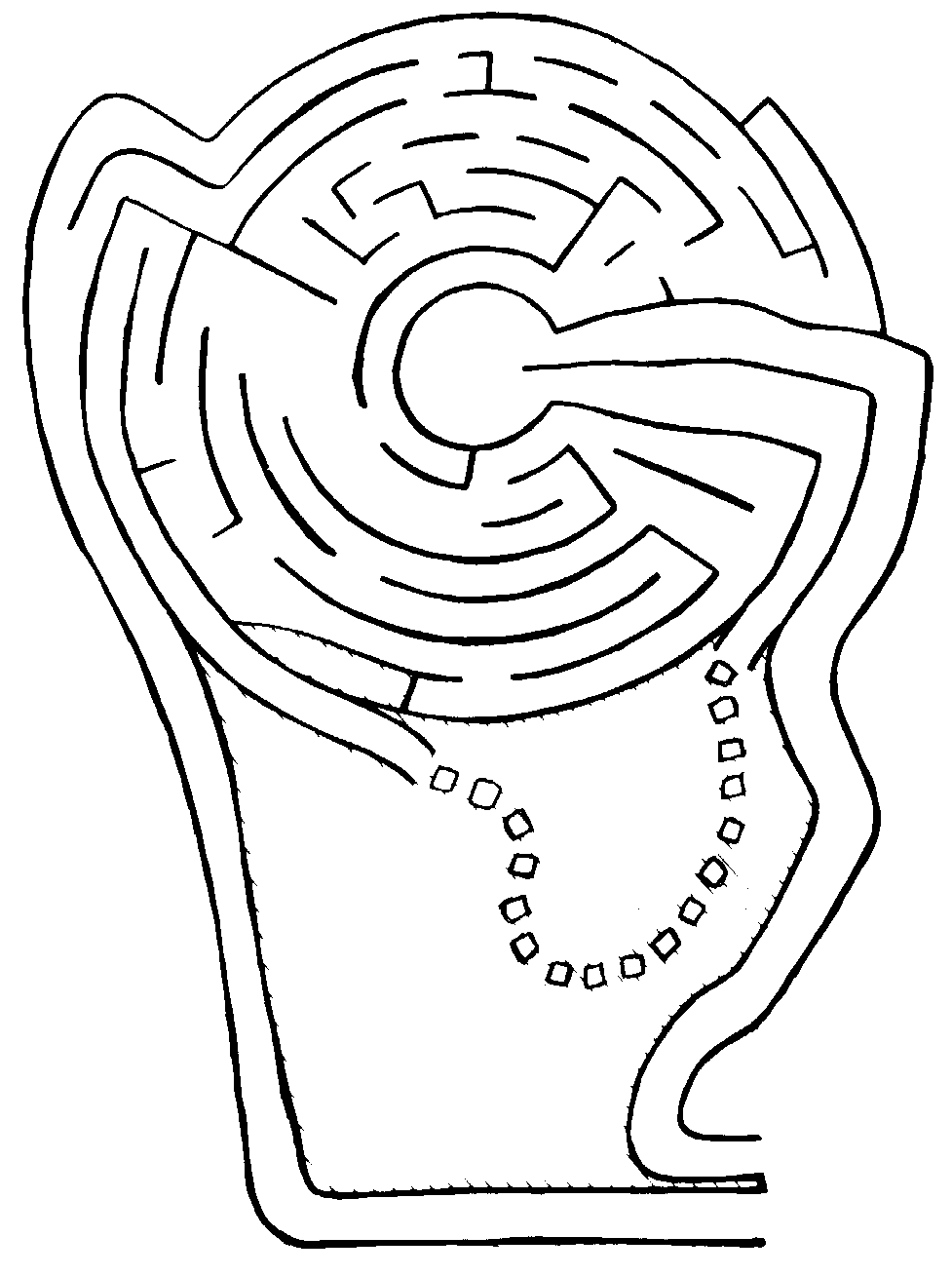To finish I include here the account of the Deerhurst Dragon
from Gloucester Notes & Queries for comparison.
It's a somewhat later
account than the version recorded by Atkyns:
From Gloucestershire Notes and Queries. Vol 4 1890
1568 – The legend of the Dragon of Deerhurst – The
Rev. George Butterworth, in his very interesting volume, entitled
Deerhurst: a Parish in the Vale of
Gloucester (Tewkesbury 1887) has written thus, pp.140-142:
The “Legend of Deerhurst” is one of the old dragon tales which are related
in connexion with so many localities both at home and abroad. As the was a
dragon of Wantley in Yorkshire, and one that gave its name to Dragon’s Hill
in Berkshire, and sundry winged monsters are chronicled, who, until slain by
as many saintly heroes, ravaged parts of northern France, so a dragon, or a
“serpent of prodigious bigness,” covered with impenetrable scales, once
lived and flourished at Deerhurst.
History fails to record the age of his appearance. However, like most of his
kind, he was set upon mischief and poisoned the inhabitants and killed their
cattle. There appears to have been a king in those days, at one at hand;
this ruler, having estates of his own in the district, promised a fine
portion of land to anyone who should slay the monster. Accordingly a
labouring man engaged in the perilous enterprise, and was successful.
Knowing well the favourite resort of the serpent, he brought there, in the
temporary absence of the animal, a large quantity of milk. This, as was
foreseen, was so much relished by the huge creature, that he swallowed the
whole supply, and then becoming lazy and stupefied, fairly fell asleep. Upon
this the labourer, one John Smith, advanced, axe in hand, and smote the
dragon between the scales, and severed his head from his body.
Smith, as he deserved, got the estate and handed it to his posterity. The
axe was to be seen in the last century (ed. Presumably the 1700’s).
What interpretation is to be given to the story I cannot say: possibly it is
based upon something which once occurred. Some marauder from over the Severn
or some other quarter may, it is conceivable, have once in a time of yore
effected a settlement here, and pillaged, and made himself generally
obnoxious, till he was knocked on the head by a certain bold avenger of his
own and his neighbours wrongs. Or there may have been mischief of a
different kind, whether insalubrious conditions of soil or other general
nuisance, which the excellent Smith boldly encountered and remedied.
I take “Smith” to be the name of occupation, not a patronym. It is simply to
be added that the villagers still talk with bated breath of the “flying
addard”. Also, have we not dragons’ heads on the walls of our church! In the
middle ages a dragon was the emblem of the standard of Gloucester.
J.G.
Return to Articles
Return to Home
Page

